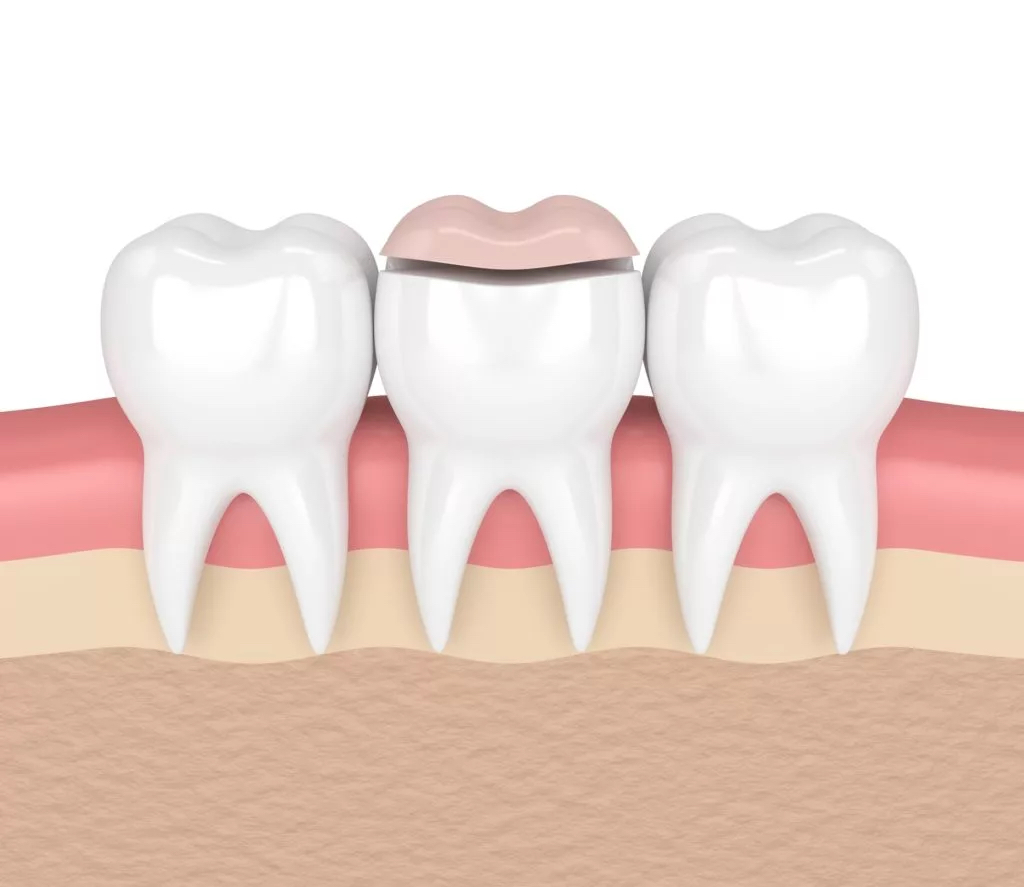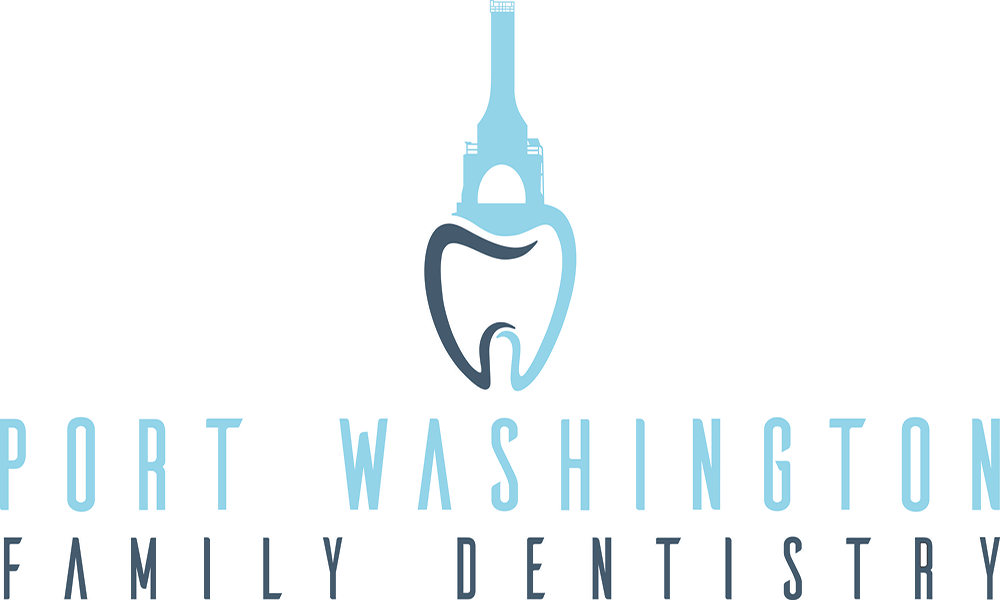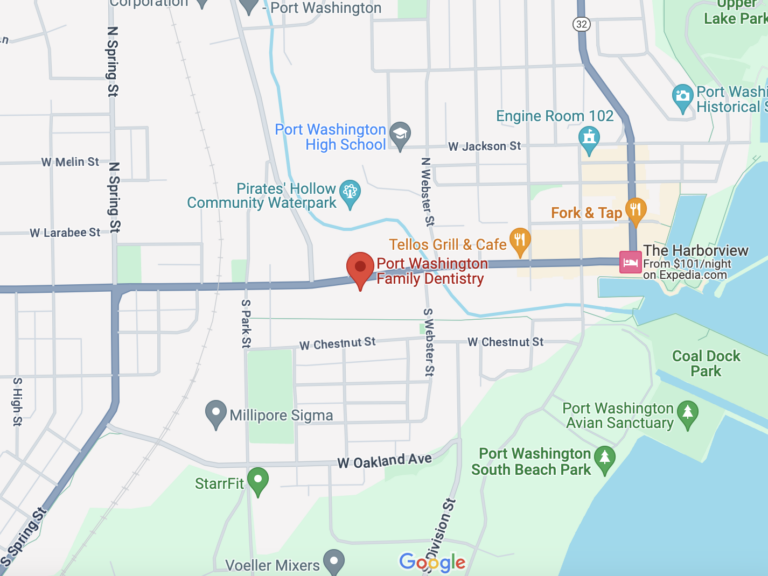Dental Inlays and Onlays
Dental inlays and onlays are used when more than half of your tooth’s biting surface is damaged. They are an alternative to traditional fillings that can reduce the strength of a natural tooth by up to fifty percent.
Dental Inlays and Onlays
When we consider the options to preserve even a single broken tooth, we take a conservative approach. Fortunately, modern dental materials allow us to rebuild teeth to full function while maintaining as much natural tooth structure as possible.
Sometimes teeth suffer damage because of normal function over time, cavities, heavy bite forces, and trauma. While teeth may need to be fully “capped” with a dental crown, some smaller fractures can be perfectly restored with an inlay or onlay. A crown requires a little more tooth preparation, but inlays and onlays allow the unbroken portions of a tooth to be left uncut. A custom piece of porcelain, like a partial crown, is bonded to the damaged area.
Inlays and onlays blend seamlessly with the natural enamel and enhance both function and appearance. When the most conservative option fits your treatment plan, Dr. Adam Lysak may suggest inlays and onlays for ultimate restoration. We invite you to learn more about dental inlays and onlays by visiting our office or calling us at 262-284-9011.

-
What are inlays and onlays?
Inlays and onlays can be made of porcelain, gold, or composite resin. These pieces are bonded to the damaged area of the tooth. An inlay, which is similar to a filling, is used inside the cusp tips of the tooth. An onlay is a more substantial reconstruction, similar to the inlay but extending out over one or more of the cusps of the tooth.
Traditionally, gold has been the material of choice for inlays and onlays. In recent years, however, porcelain has become increasingly popular due to its strength and color, which can potentially match the natural color of your teeth.
-
How are dental inlays and onlays applied?
Inlays and onlays require two appointments to complete the procedure. During the first visit, the filling is replaced, or the damaged or decaying area of the tooth is removed, and the tooth is prepared for the inlay or onlay. To ensure proper fit and bite, an impression of the tooth is made by the dentist and sent to a lab for fabrication. The dentist will then apply a temporary sealant on the tooth and schedule the next appointment.
At the second appointment, the temporary sealant is removed, and the dentist will make sure that the inlay or onlay fits correctly. If the fit is satisfactory, the inlay or onlay will be bonded to the tooth with a strong resin and polished to a smooth finish.
-
When should I consider a dental inlay or onlay?
A dental inlay is used to fill grooves in the tooth to restore or repair a tooth after it sustains harm from injury or decay that goes on to affect the cusp of the tooth. Dental inlays are more durable than regular dental fillings made from composite or amalgam, and gold inlays are the most durable.
A dental onlay is used to repair a tooth that has more extensive damage affecting the cusp, tips, or biting surface of the tooth. Onlays require a temporary solution while the final onlay is sent to a laboratory to be formed correctly.
More Questions?
If you have more questions about dental inlays and onlays, or if you would like to schedule an appointment, contact our office and we will be happy to discuss further.

